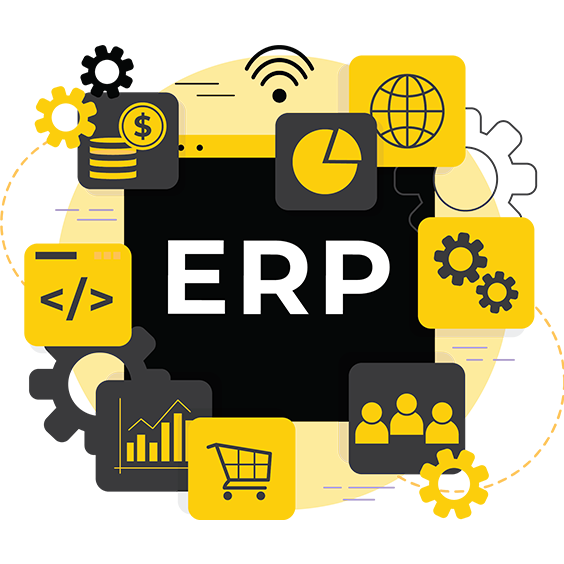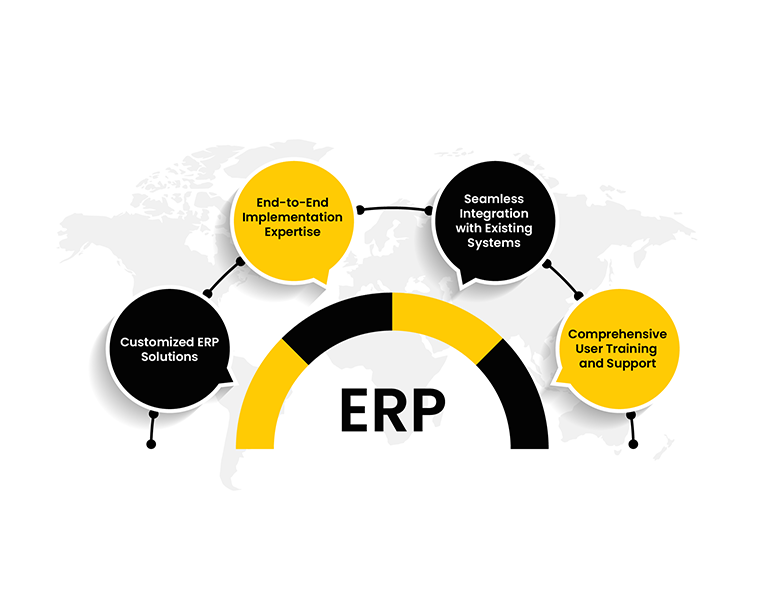Software Development & Automation
Software Development: Creating custom software solutions tailored to the specific needs of clients. This can include web applications, mobile apps, enterprise software, and more.
Infrastructure Management: Managing and maintaining the IT infrastructure of clients, including servers, networks, databases, and other hardware and software components.
Cybersecurity: Providing services to protect clients’ digital assets from cyber threats such as hacking, malware, and data breaches. This includes implementing security measures, conducting risk assessments, and responding to security incidents.
Cloud Computing Solutions: Assisting clients with migrating to and managing cloud-based services such as Infrastructure as a Service (IaaS), Platform as a Service (PaaS), and Software as a Service (SaaS).
Managed Services: Providing ongoing monitoring, maintenance, and support for clients’ IT systems, often through subscription-based models.


Expert Peoples
At vero eos et accusamus etiusto odio praesentium.

First Growing Process
At vero eos et accusamus etiusto odio praesentium.

Creative Ideas
At vero eos et accusamus etiusto odio praesentium.

We Worked With Reputed Companies in The World
We donec pulvinar magna id leoersi pellentesque impered dignissim rhoncus euismod euismod eros vitae.
ERP Software Development
Streamline your business processes and unlock new efficiencies with our Enterprise Resource Planning (ERP) services. Our customized ERP solutions are tailored to your unique needs and requirements, helping you optimize your operations, reduce costs, and drive sustainable growth. From inventory management to financial reporting and beyond, our comprehensive ERP services provide the tools and insights you need to succeed in today's competitive marketplace.

Digital ParindeyImportant Key Point
Requirement Analysis: Understand the specific needs and requirements of the business or organization that will be using the ERP system. This involves gathering information about current workflows, pain points, and desired features.
Planning and Design: Based on the requirements gathered, create a plan for the ERP system's architecture, functionality, and user interface design. This phase may involve creating wireframes, mockups, and technical specifications.
Development: Develop the ERP software according to the design specifications. This involves writing code, integrating different modules, and ensuring that the system functions smoothly.
Testing: Thoroughly test the ERP system to identify and fix any bugs or issues. This includes unit testing, integration testing, performance testing, and user acceptance testing.
Deployment: Deploy the ERP software in the production environment. This may involve setting up servers, databases, and other infrastructure components necessary for running the system.
Training and Documentation: Provide training to users on how to use the ERP system effectively. Create documentation such as user manuals and FAQs to help users troubleshoot common issues.
Maintenance and Support: Continuously monitor the ERP system for any issues or performance problems. Provide ongoing support to users and make updates or enhancements as needed to keep the system up-to-date and aligned with the organization's changing needs.
